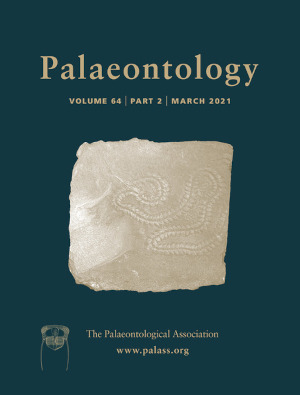Reg. Charity No. 1168330

Documenting the patterns and potential associated processes of ancient biotas has always been a central challenge in palaeontology. Over recent decades, intense debate has focused on the organization of dinosaur-dominated communities, yet no general consensus has been reached on how these communities were organized in a spatial context. Here, we used analytical routines typically applied in metacommunity ecology to provide novel insights into dinosaurian distributions across the latest Cretaceous of North America. To do this, we combined fossil occurrences with functional, phylogenetic and palaeoenvironmental modelling, and adopted the perspective that more reasonable conclusions on palaeoecological reconstructions can be gained from studies that consider the organization of biotas along ecological gradients at multiple spatial scales. Our results showed that dinosaurs were restricted in range to different parts of the Hell Creek Formation, prompting the recognition of discrete and compartmentalized faunal areas during the Maastrichtian at fine-grained scales, whereas taxa with the broadest ranges included those with narrower distributions when combining data from various geological formations across the Western Interior of North America. Although groups of dinosaurs had coincident range boundaries, their communities responded to multiple ecologically-important gradients when compensating for differences in sampling effort. Metacommunity structures of both ornithischians and theropods were correlated with climatic barriers and potential trophic relationships between herbivores and carnivores, thereby suggesting that dinosaurian faunas were shaped by physiological constraints, limited food resources abundance, and a combination of bottom-up and top-down forces across multiple spatial grains and extents.